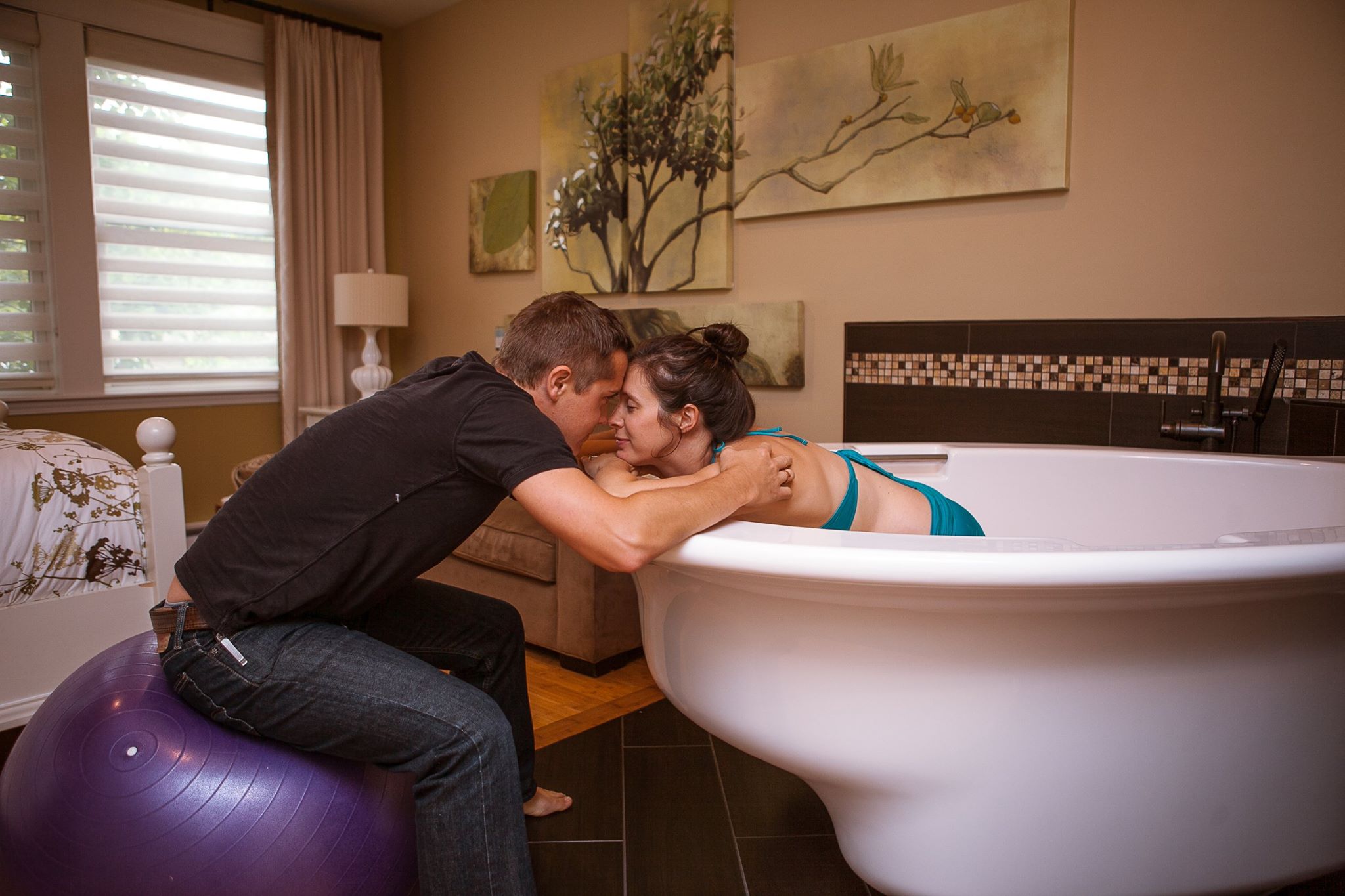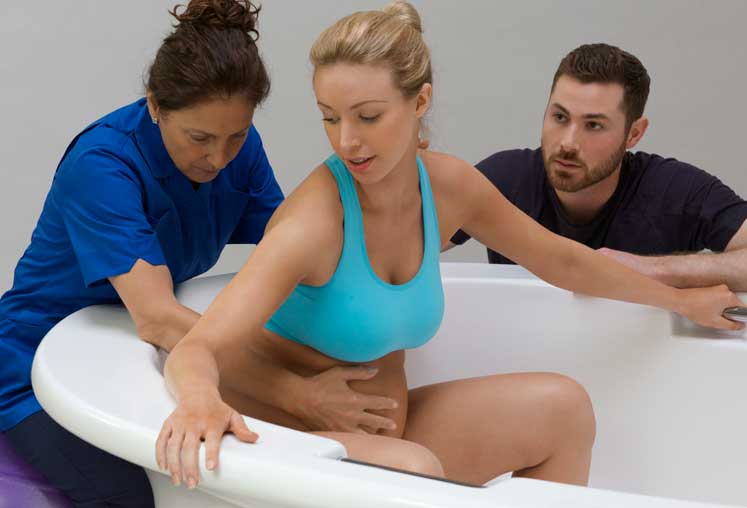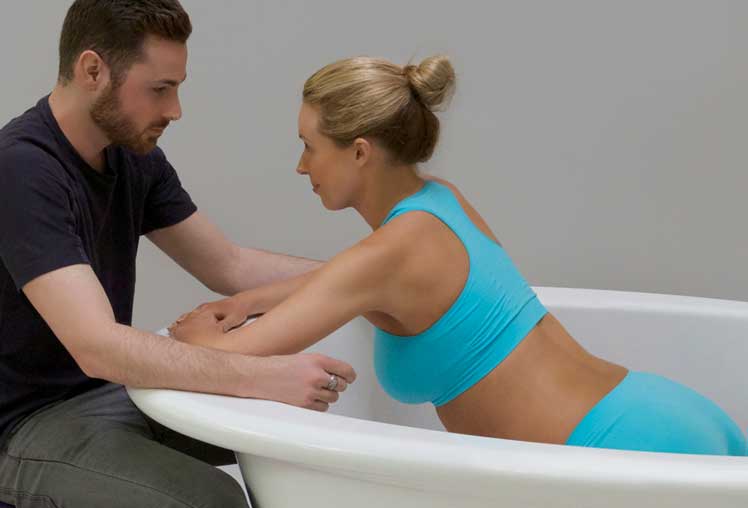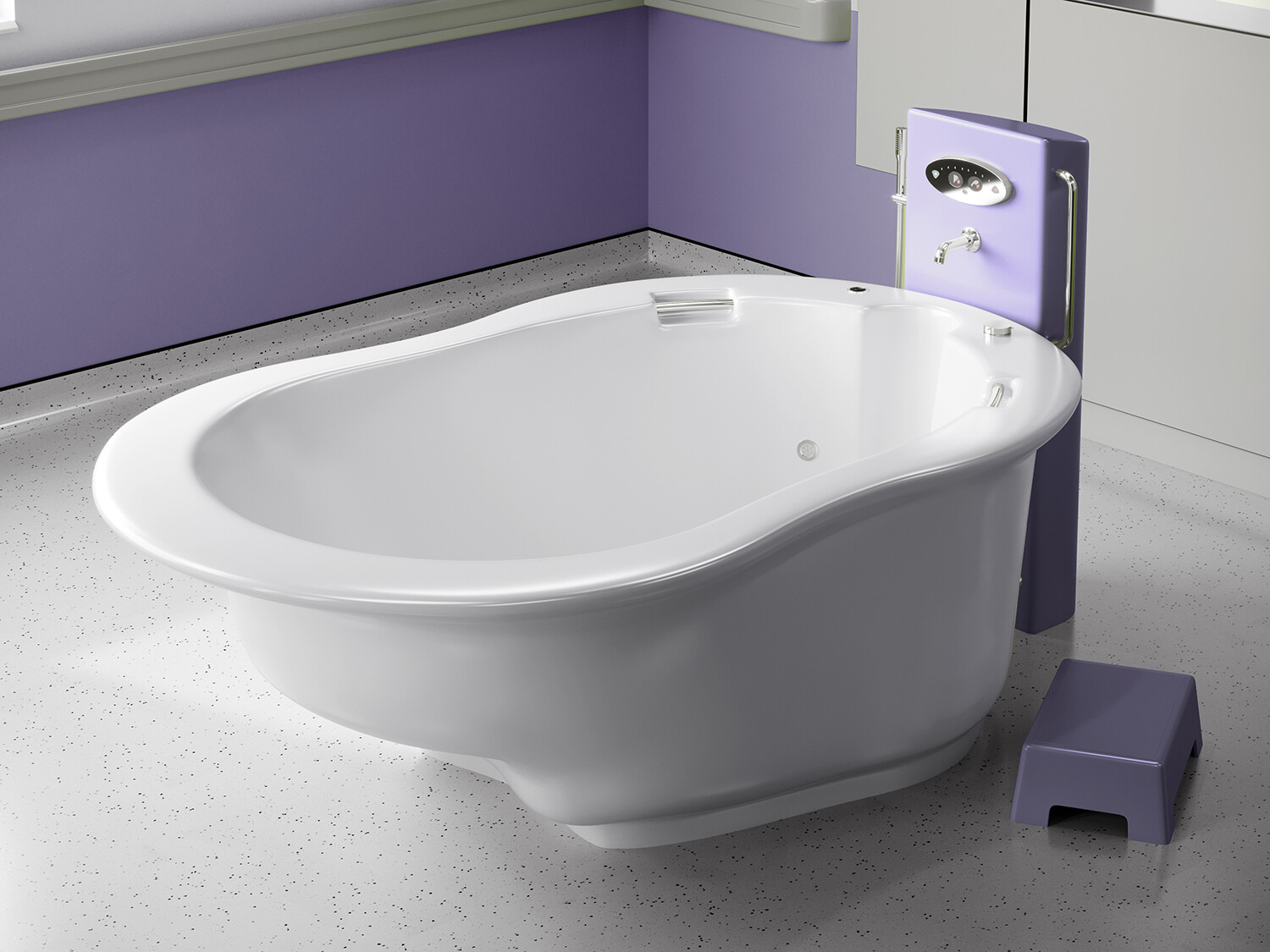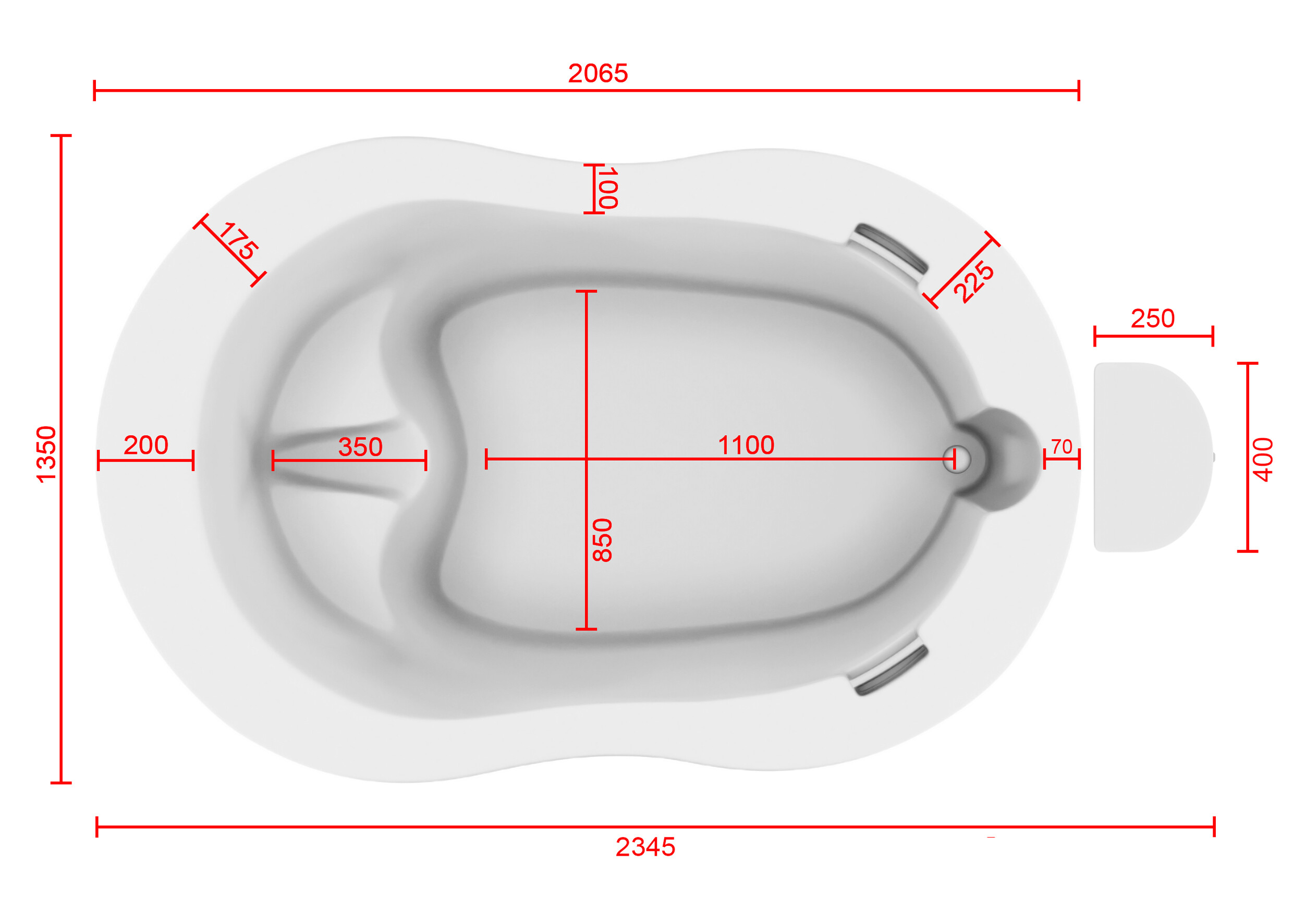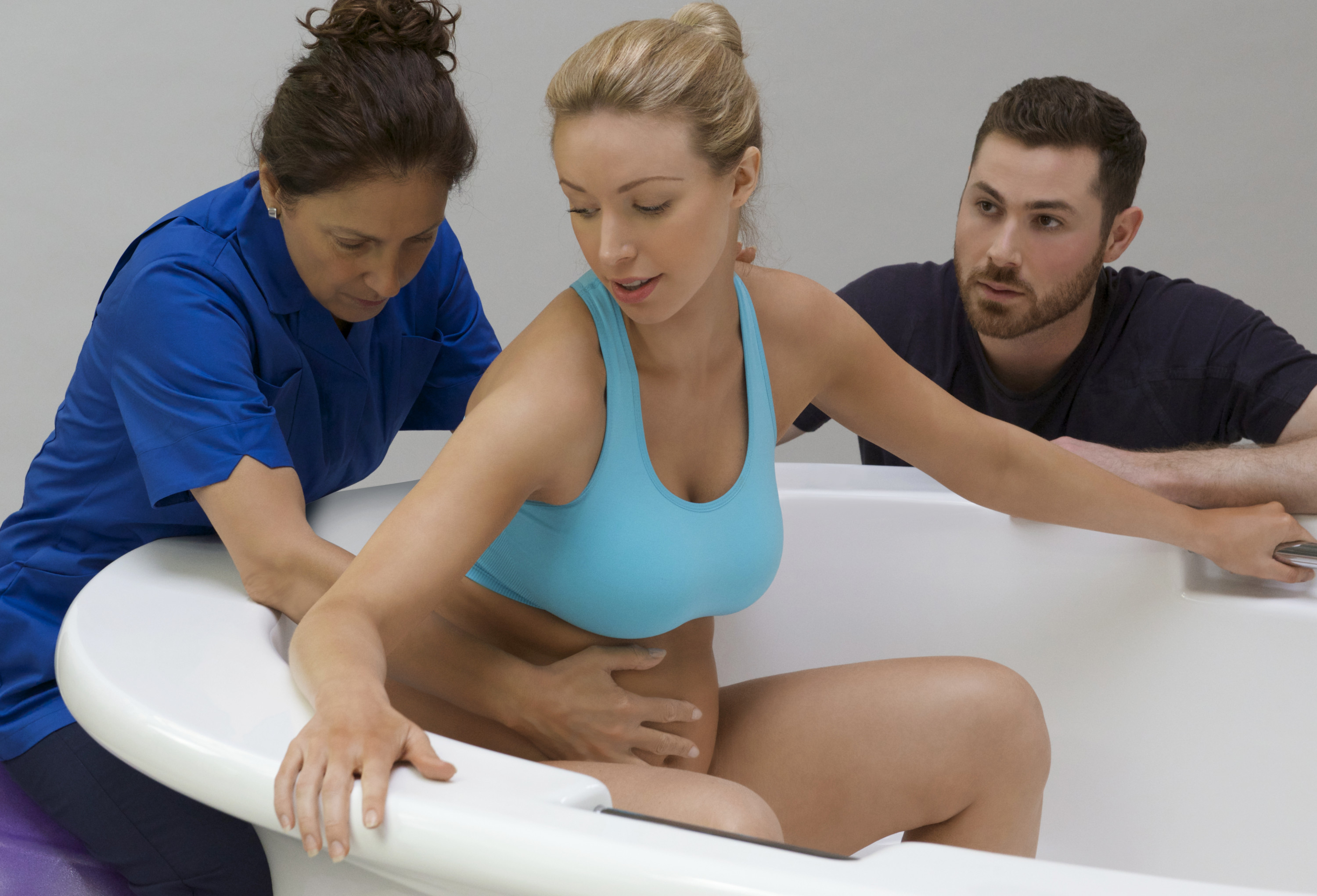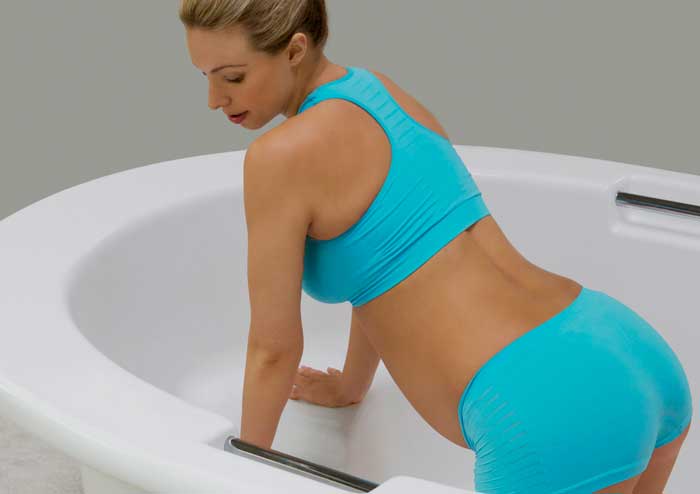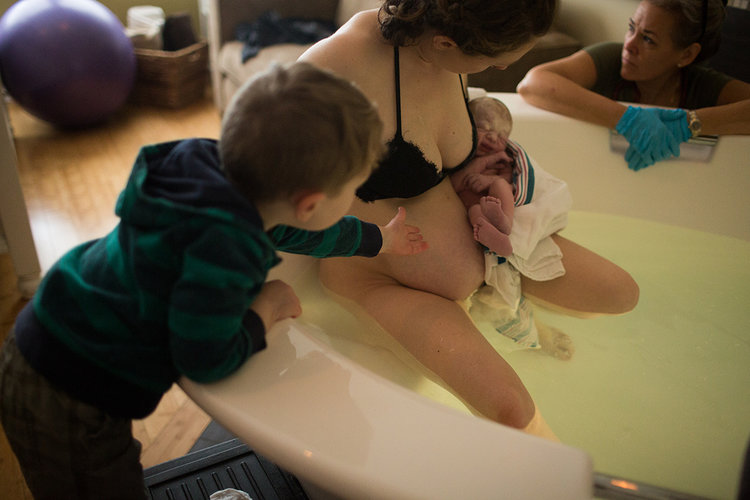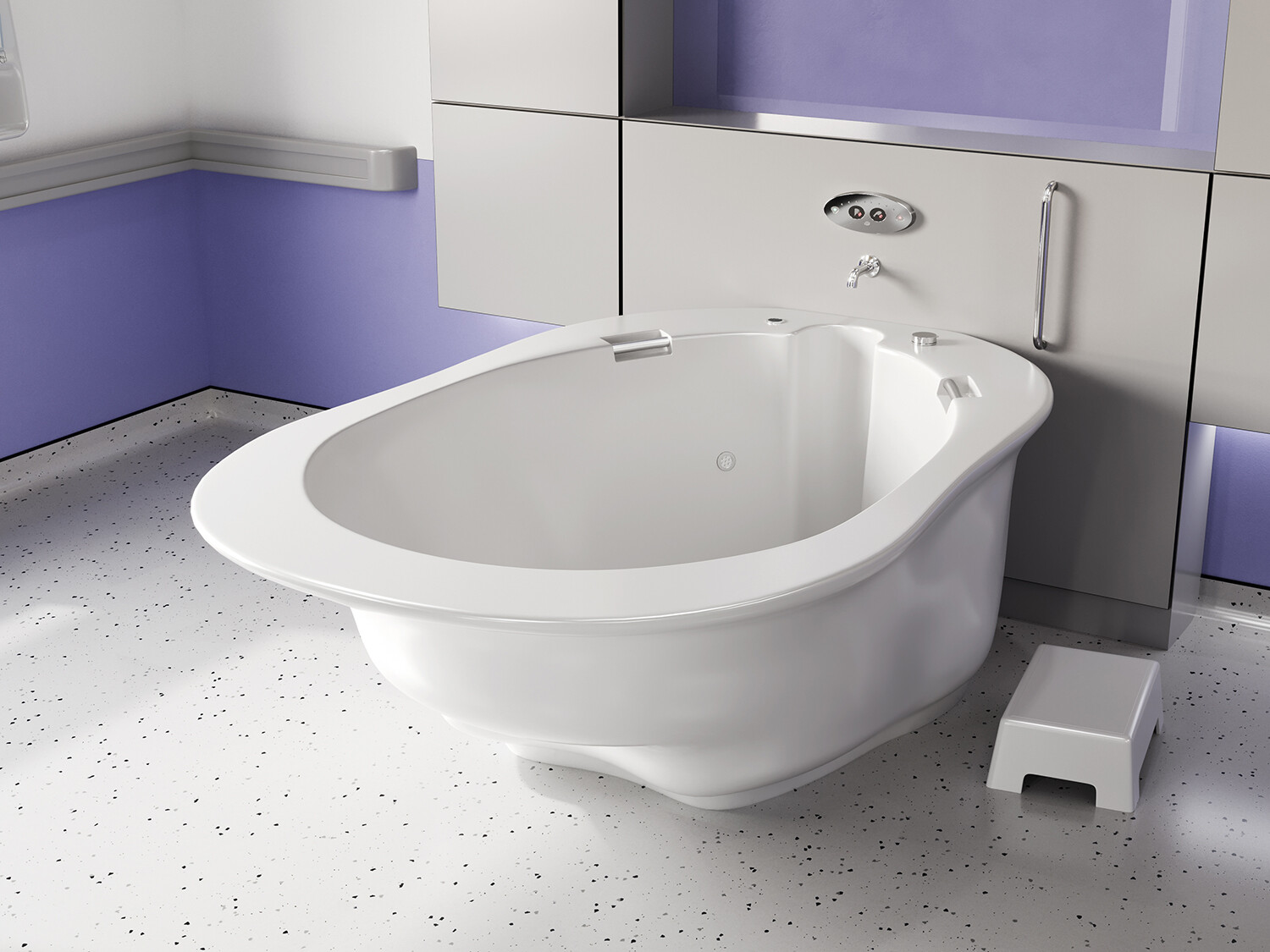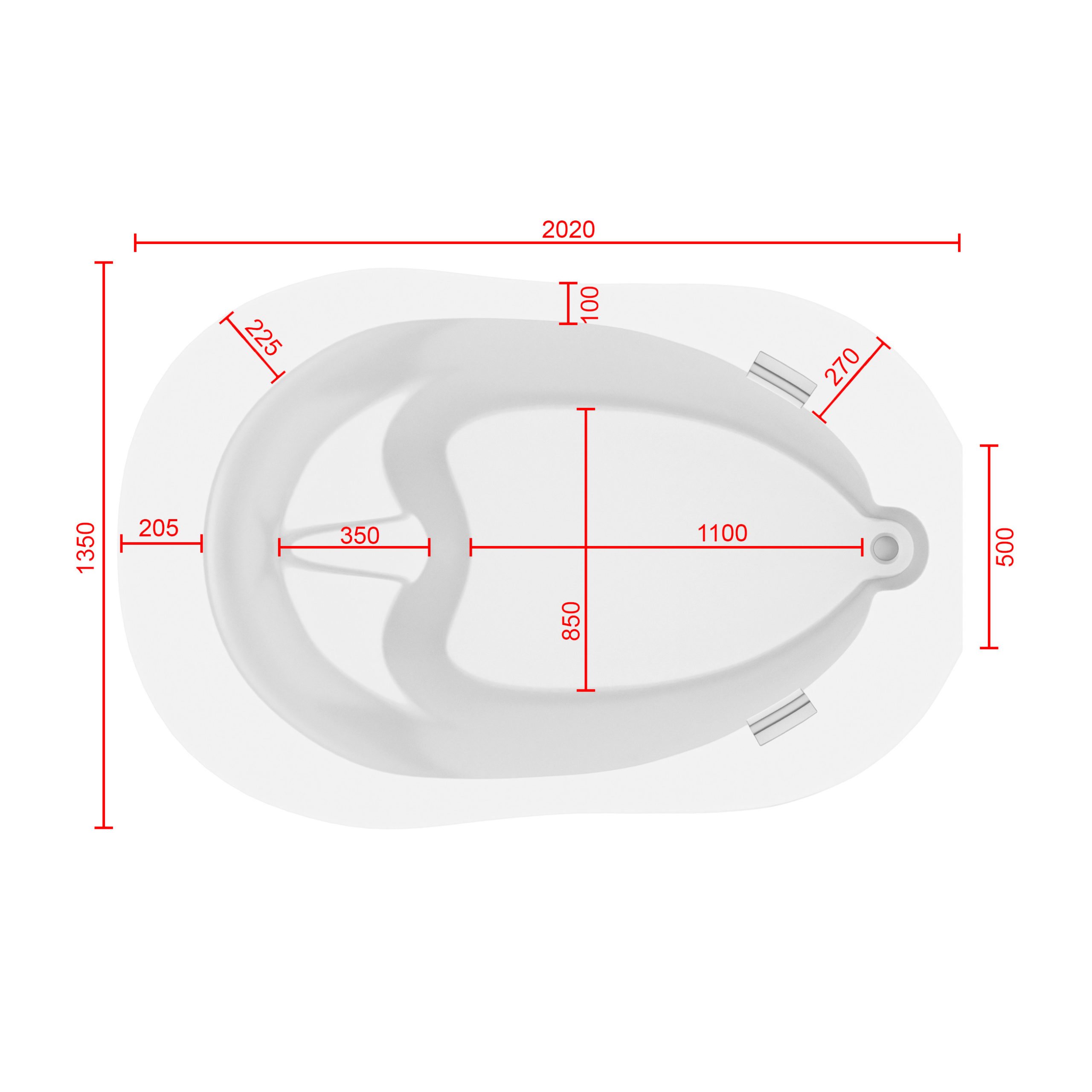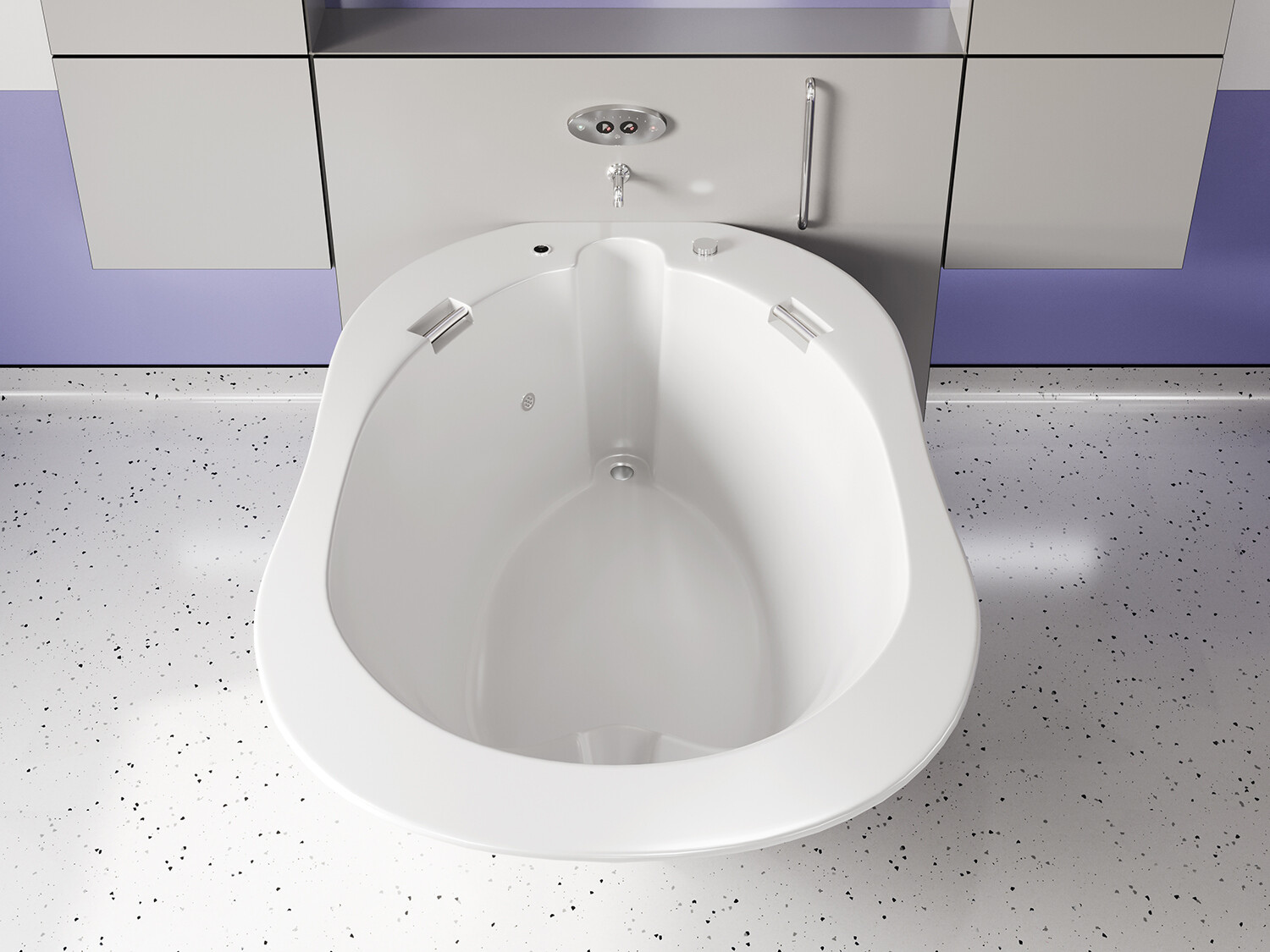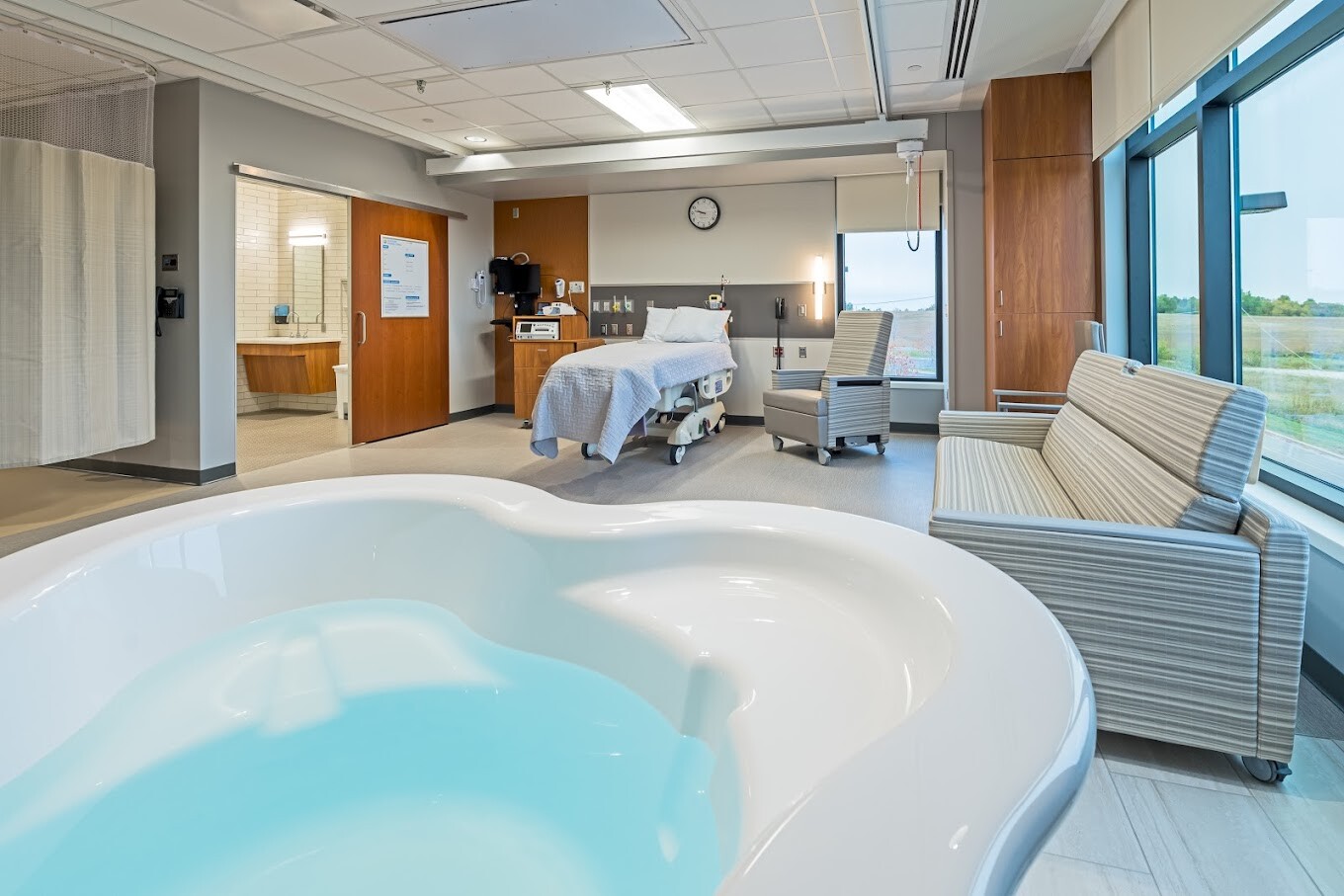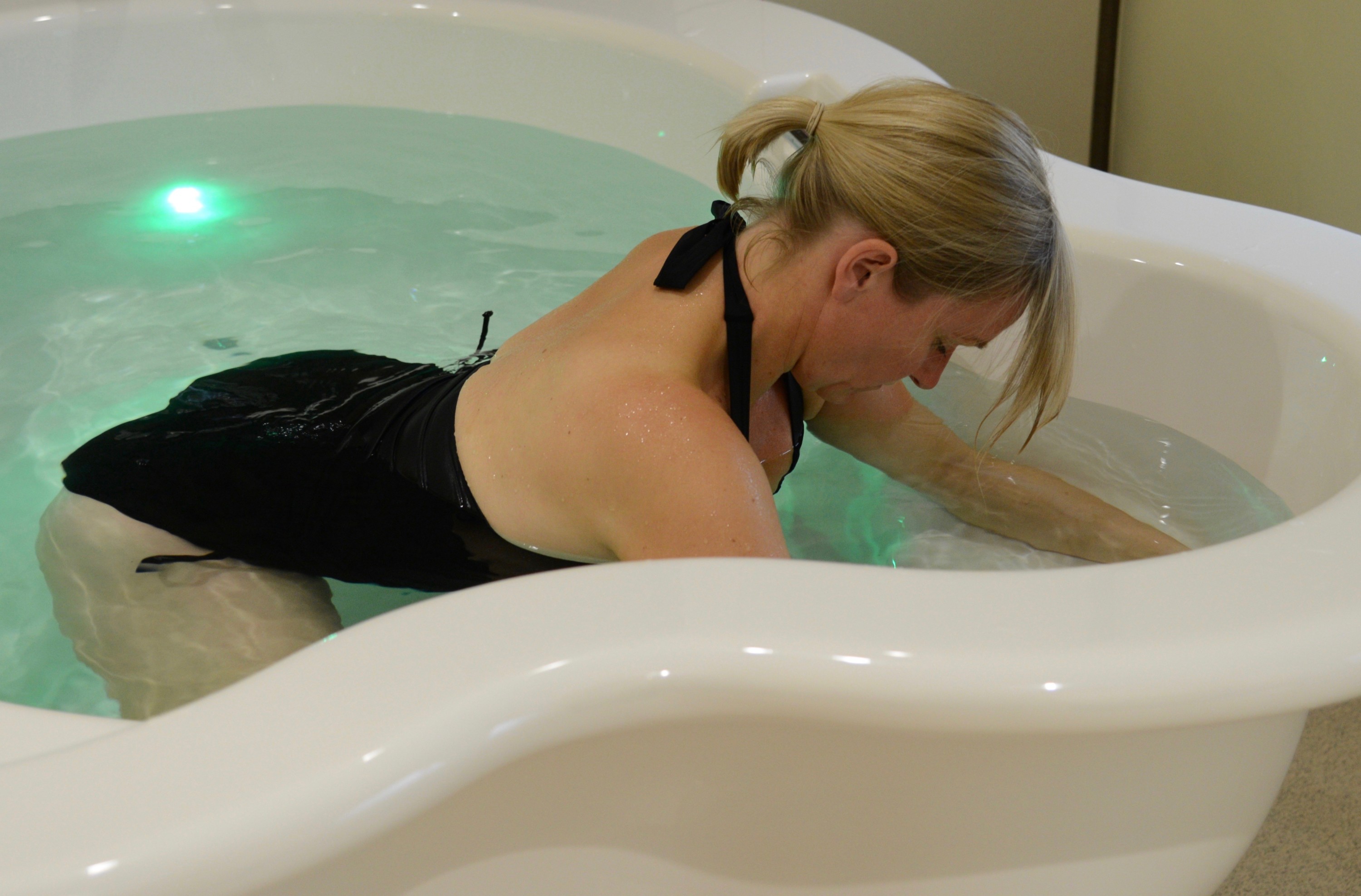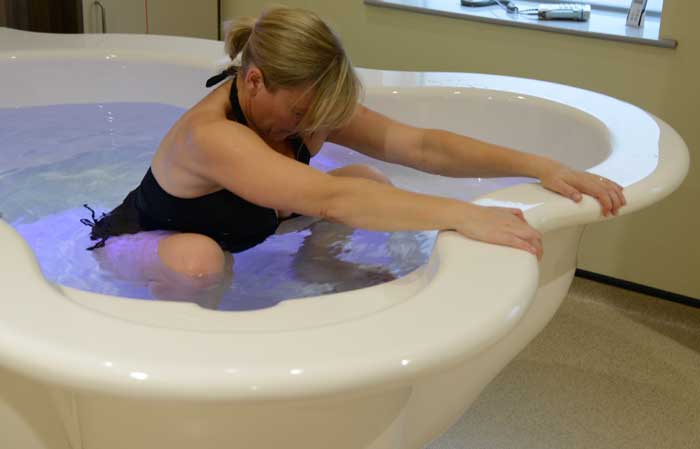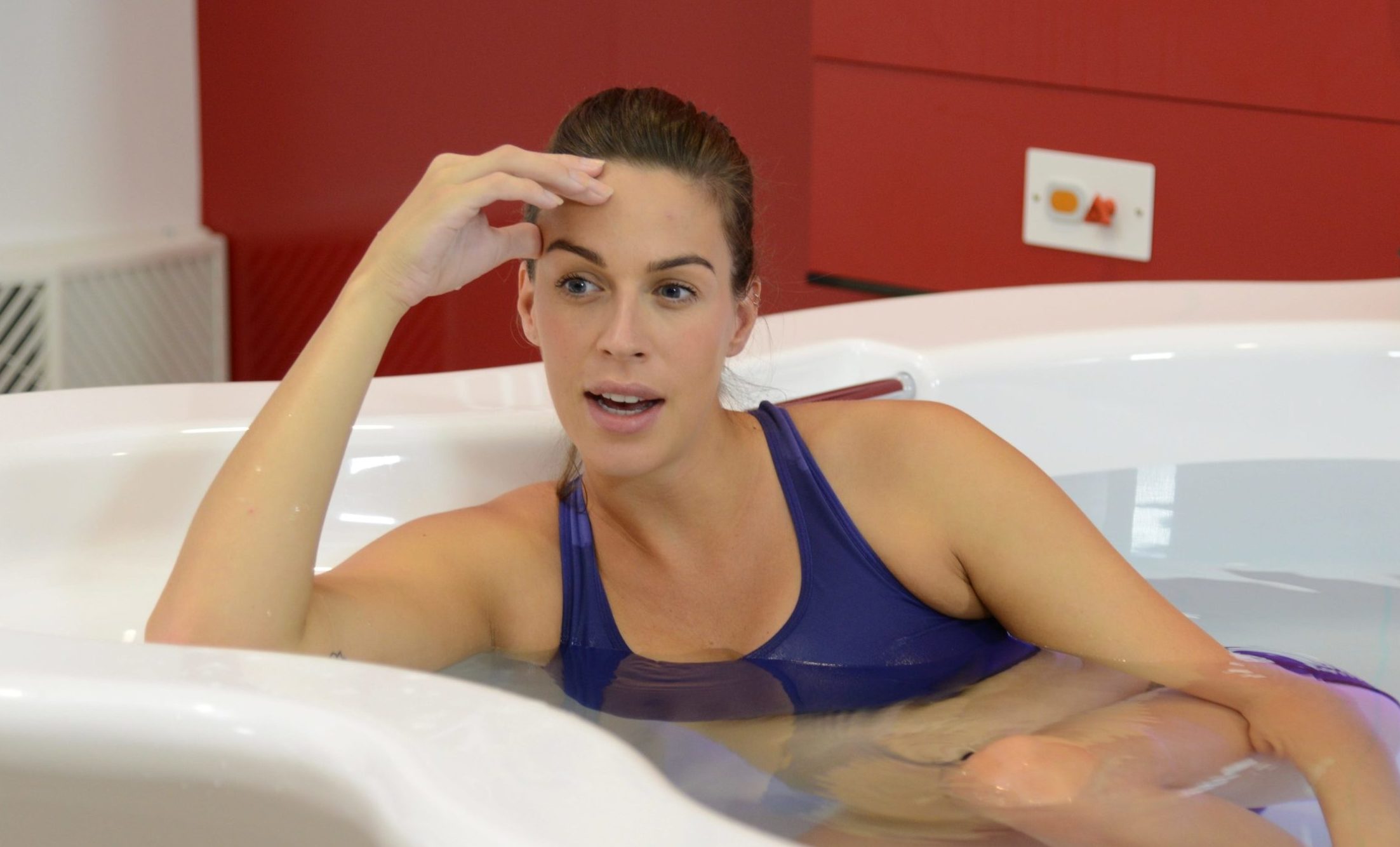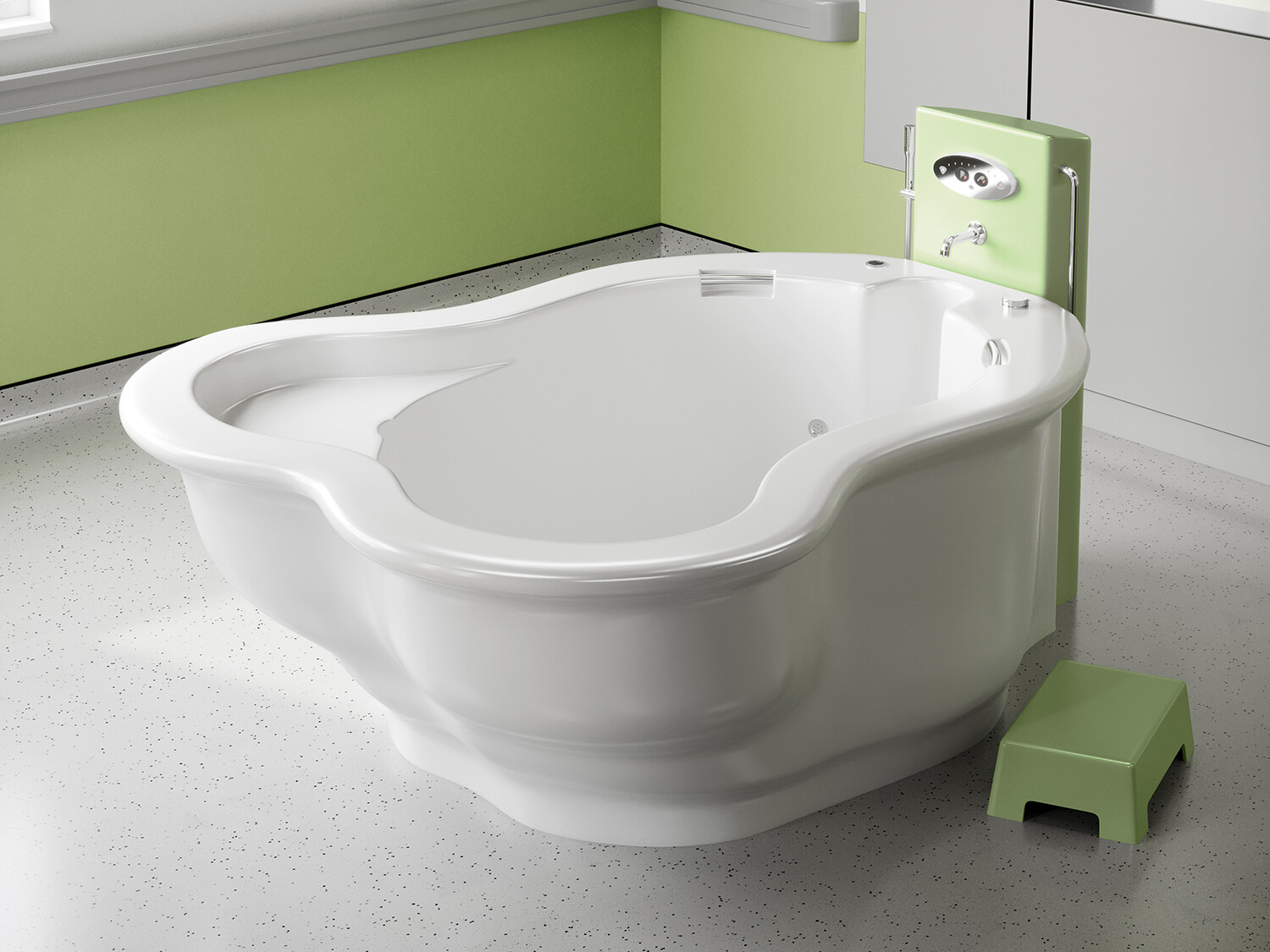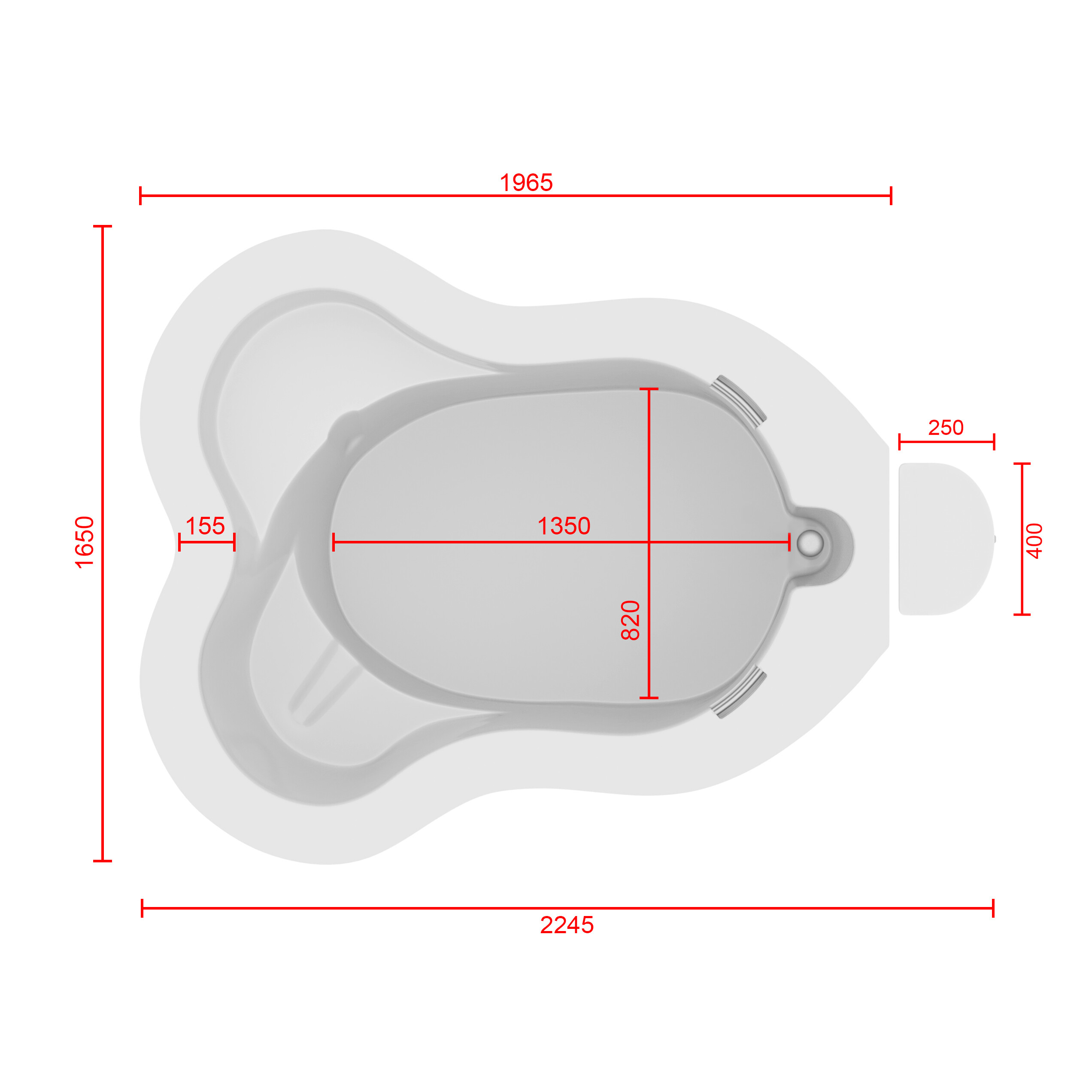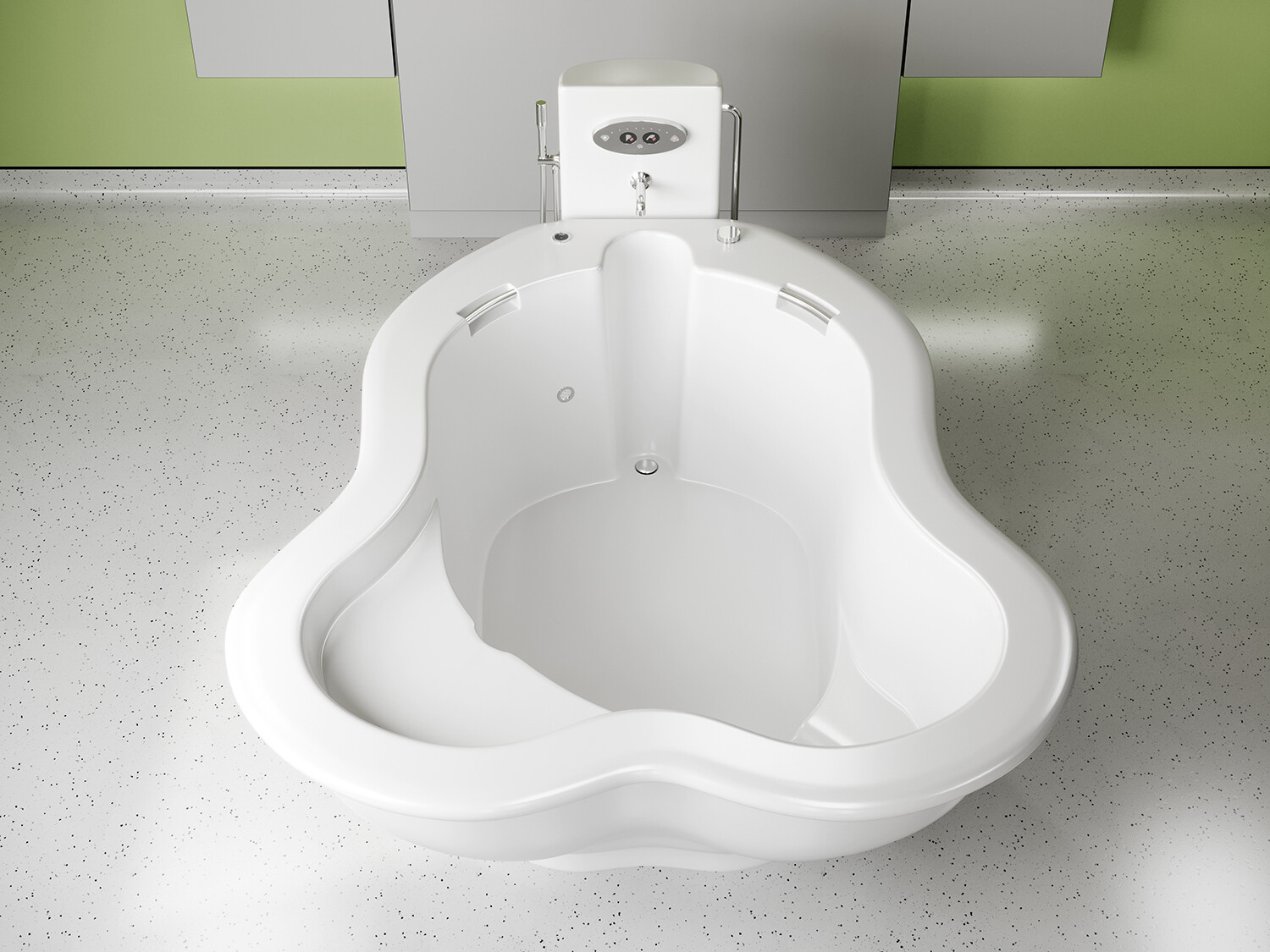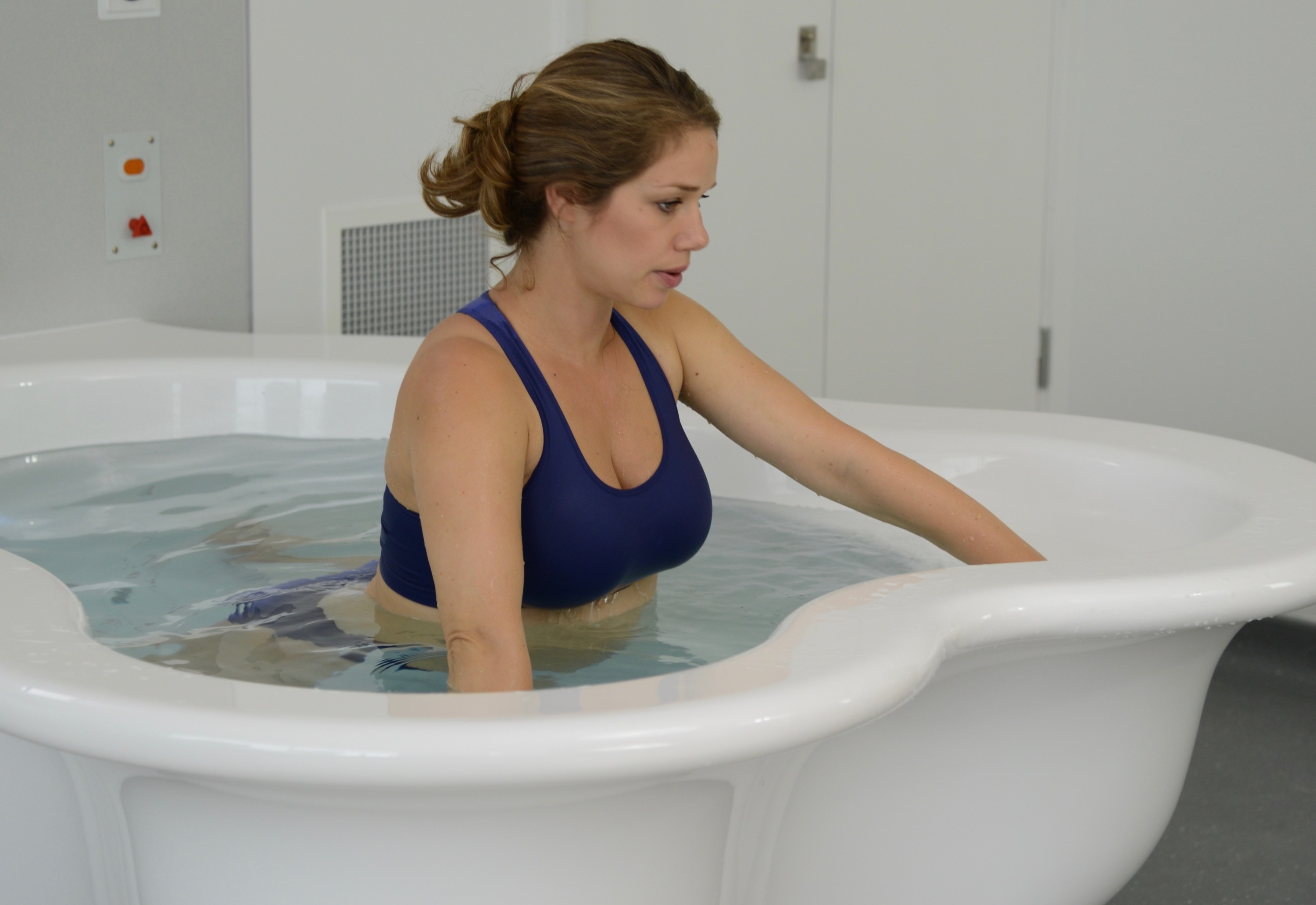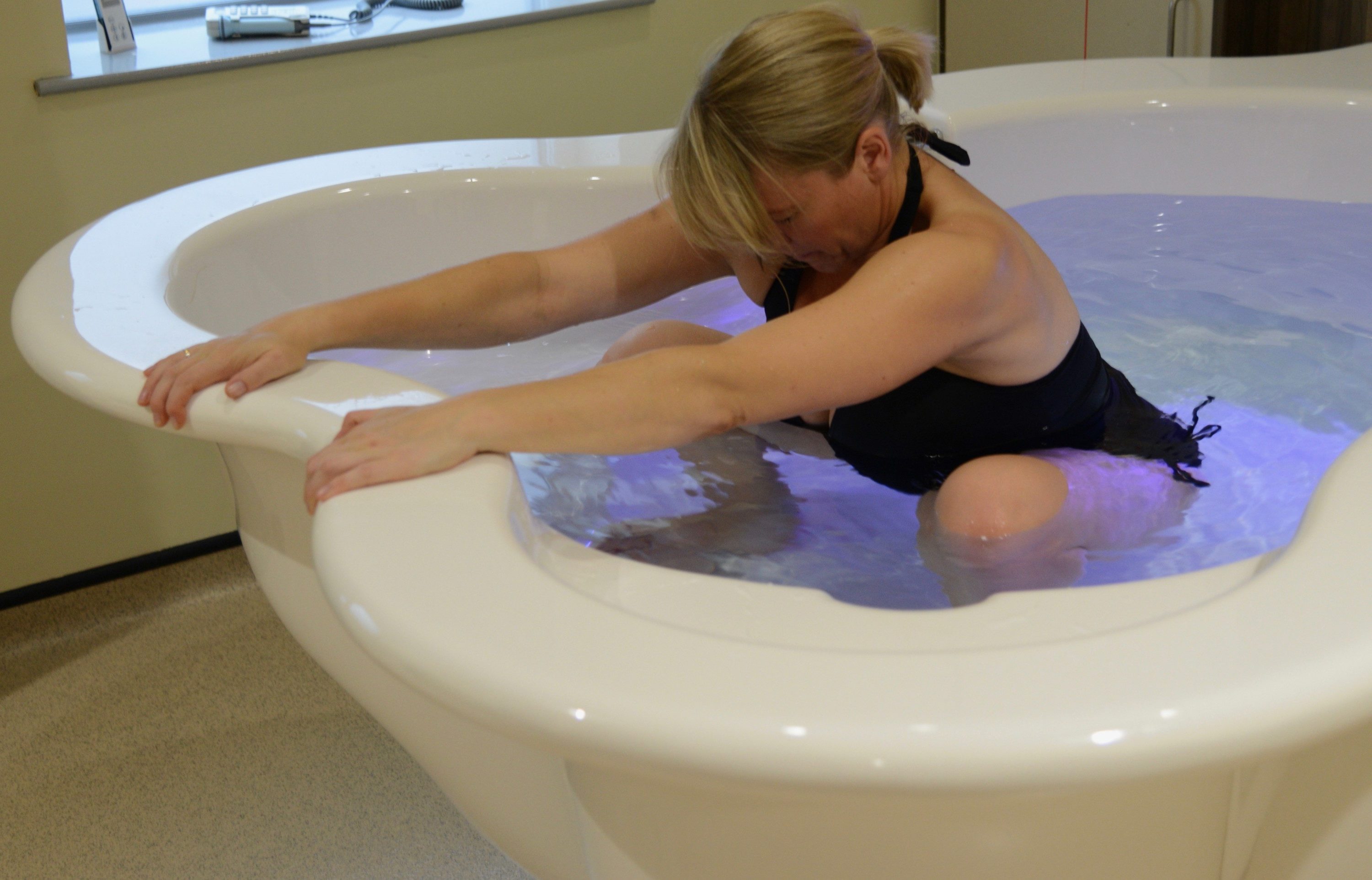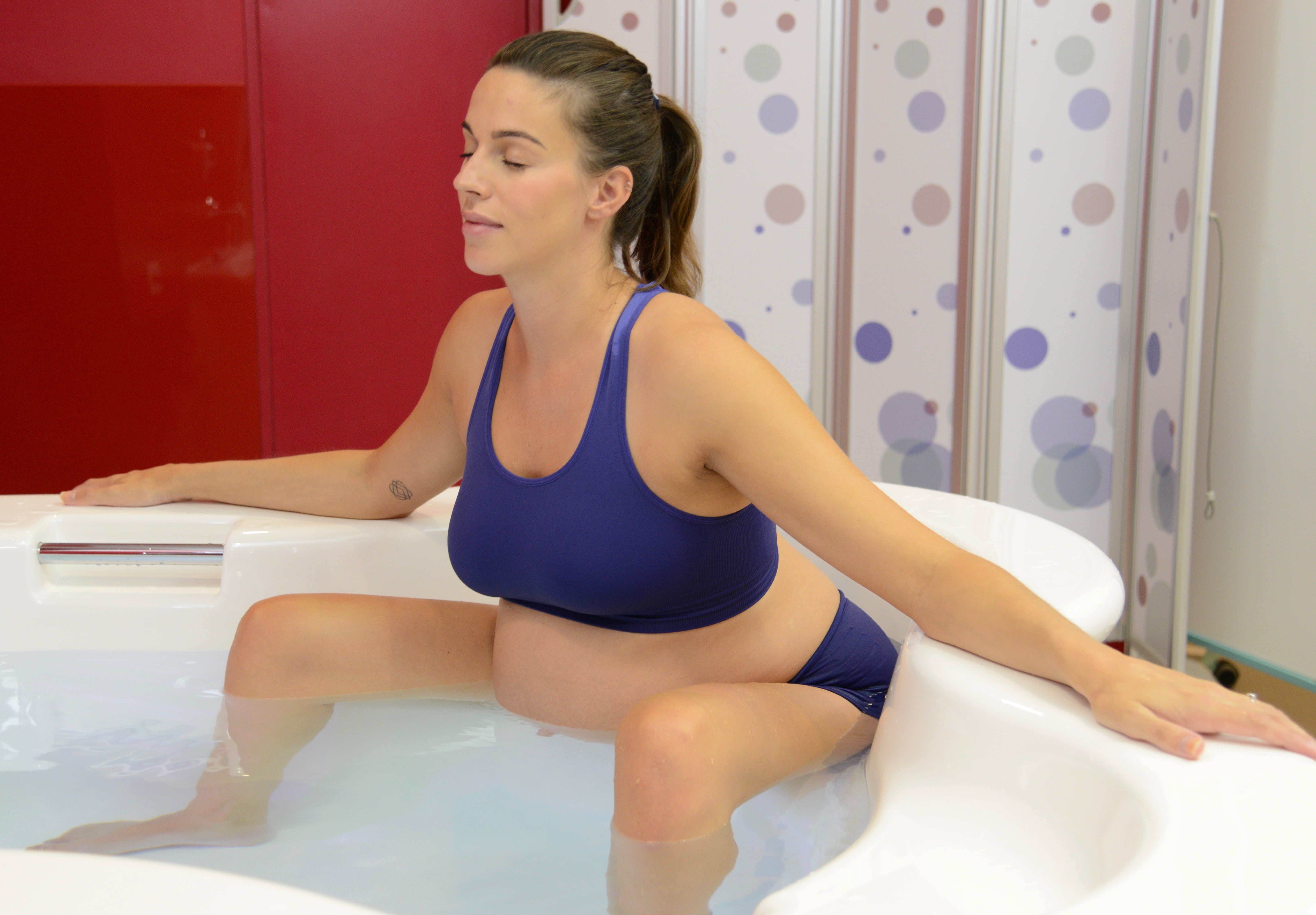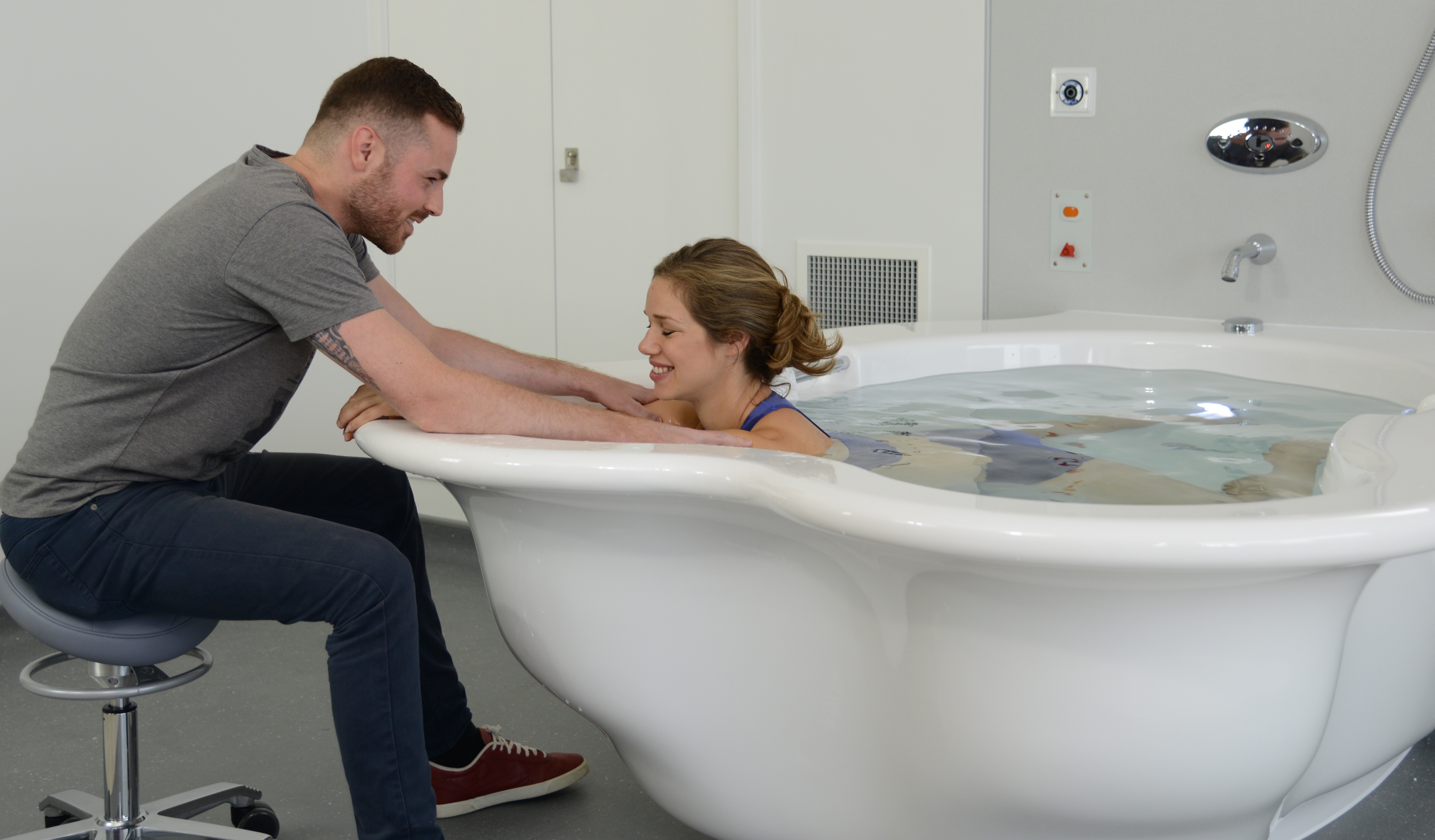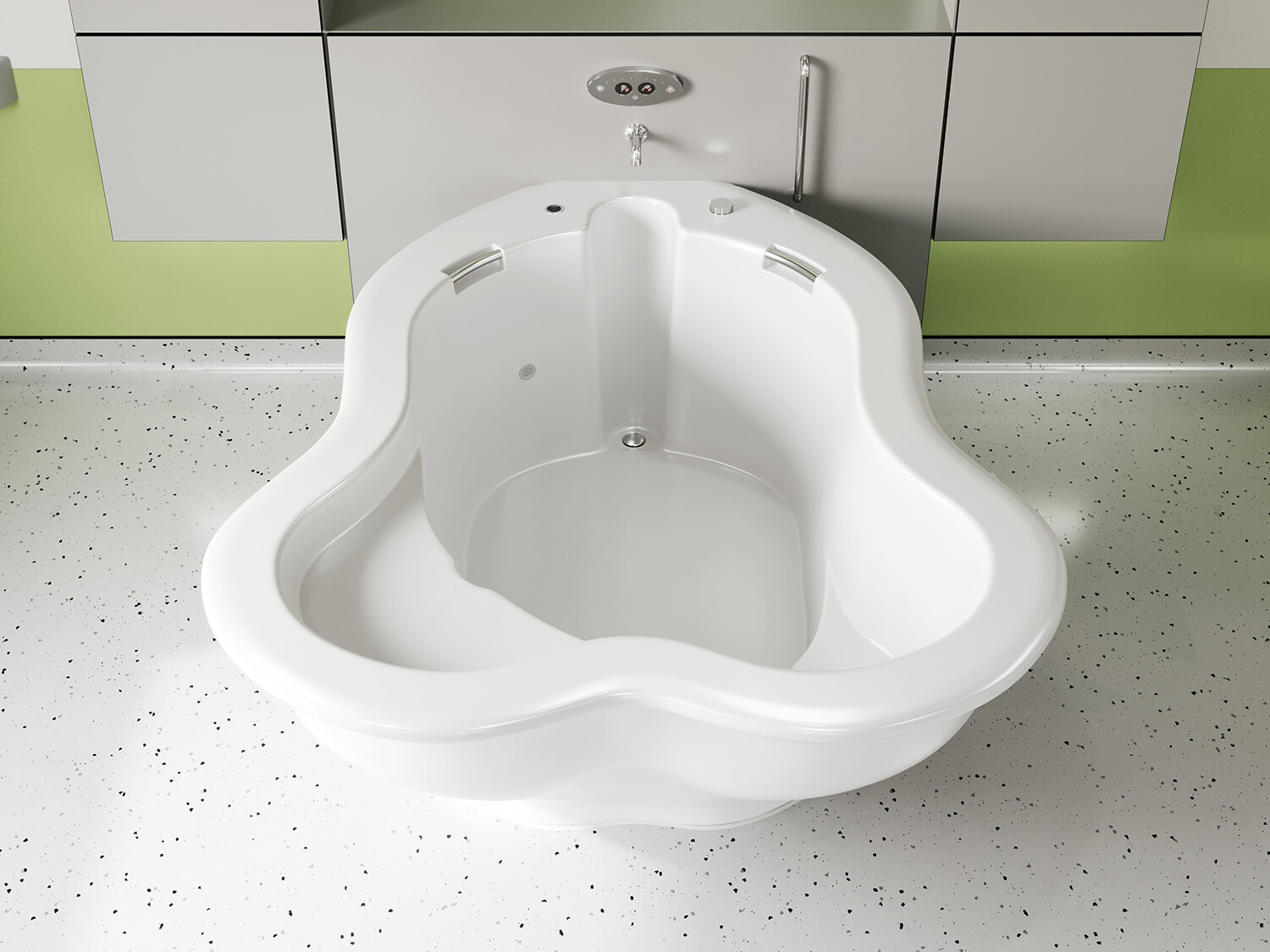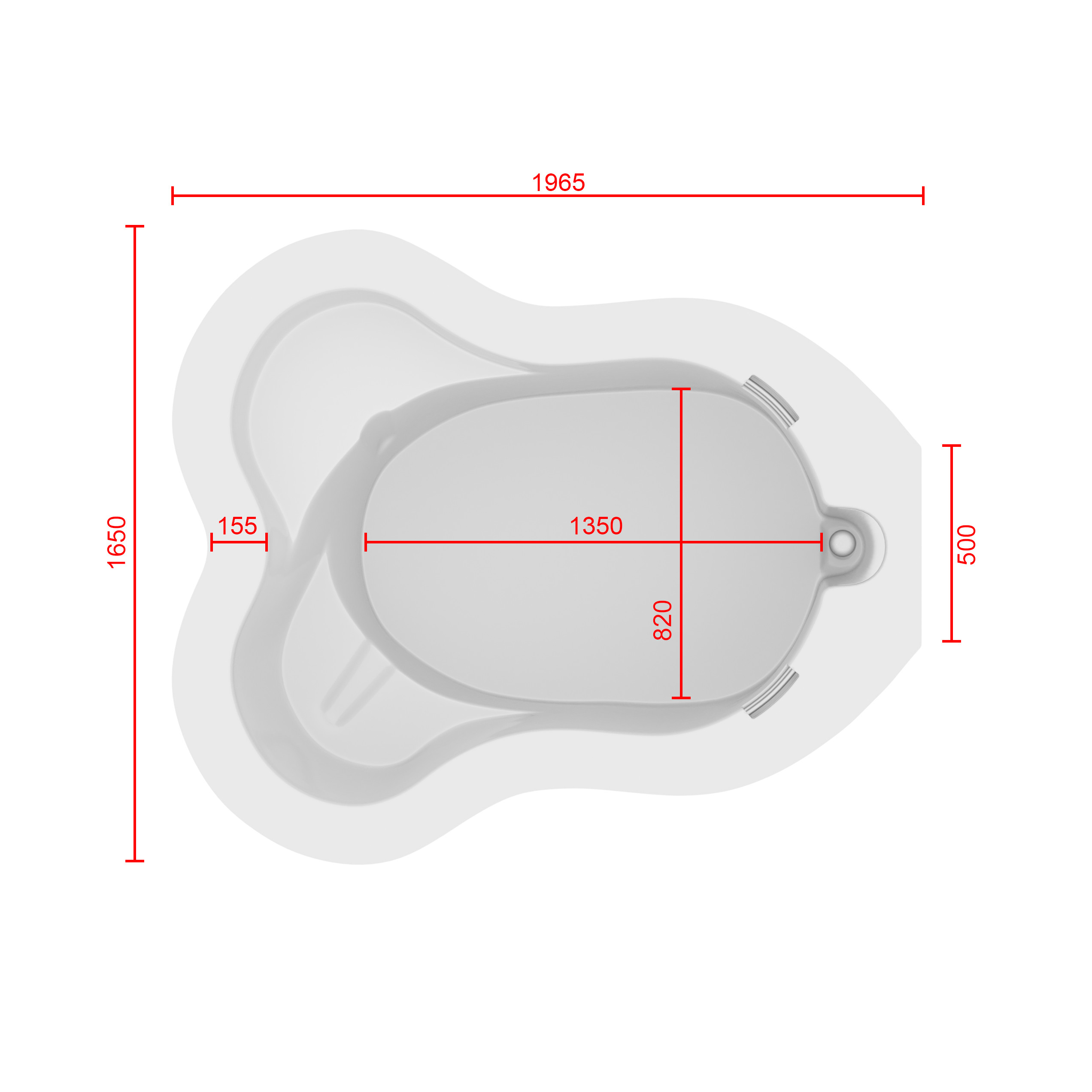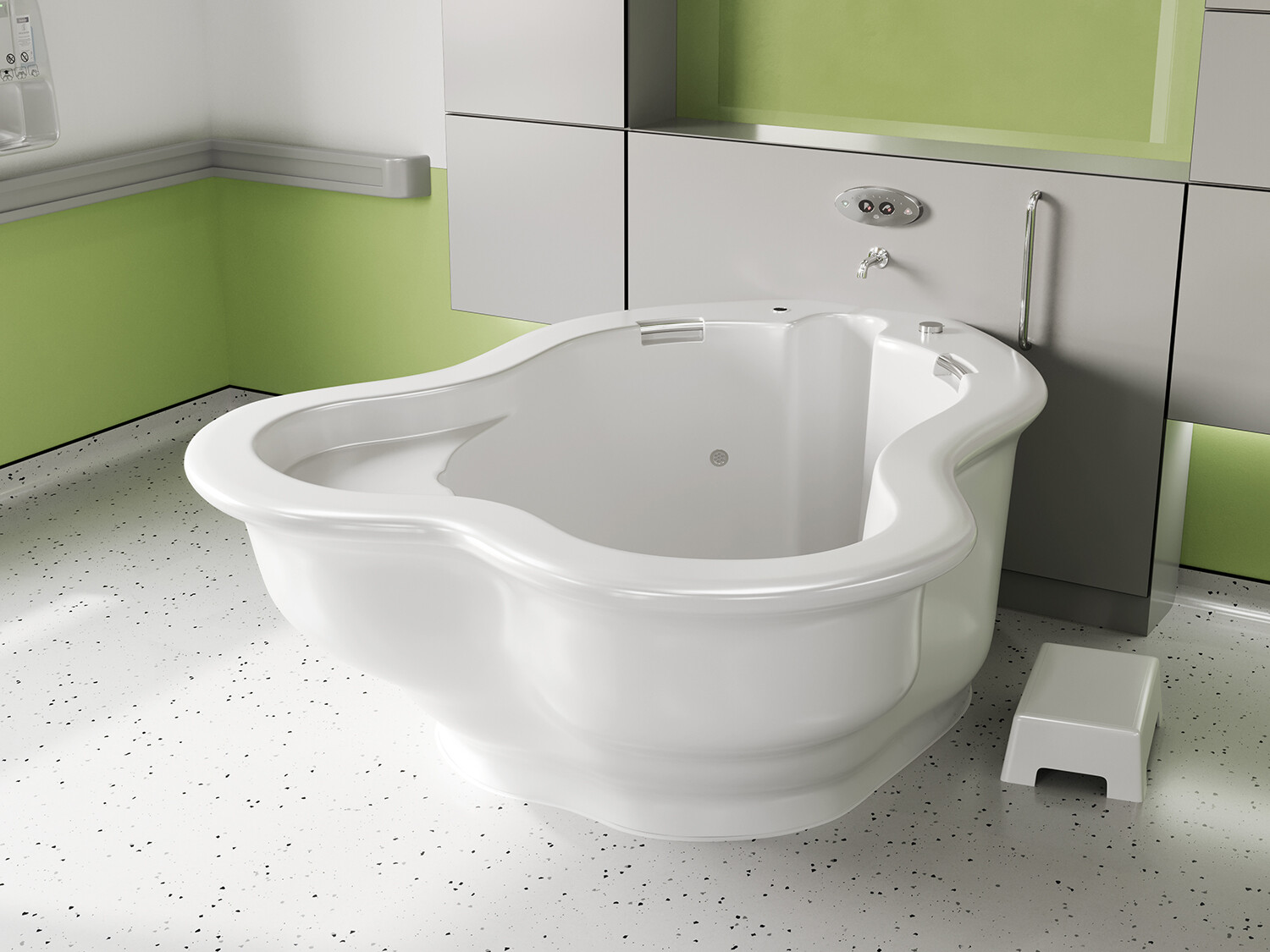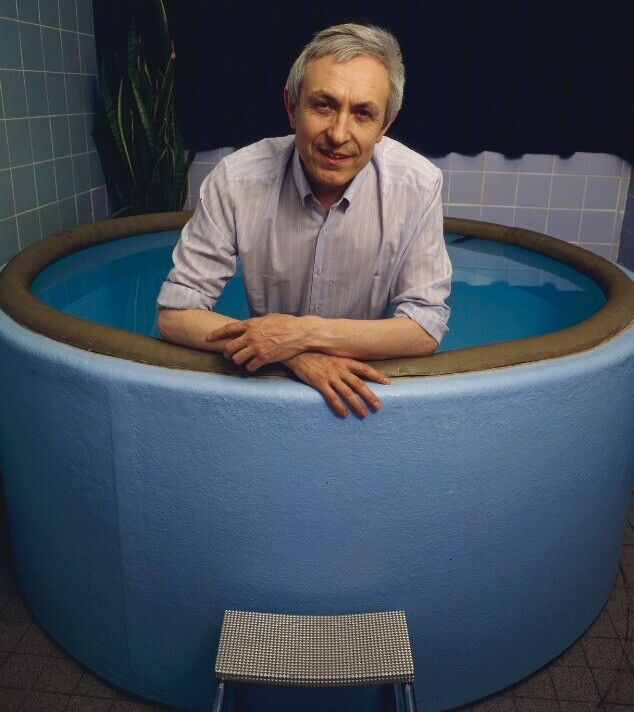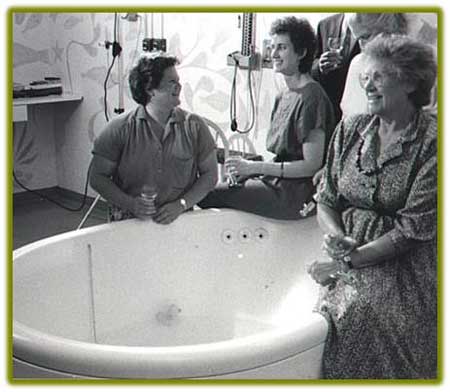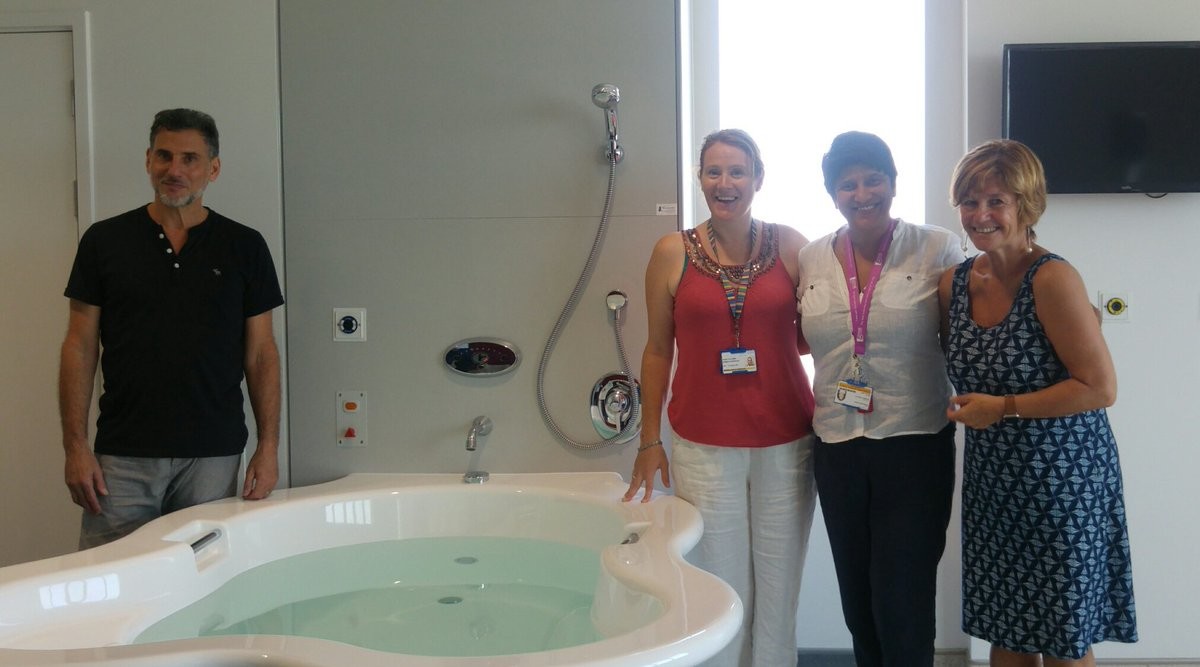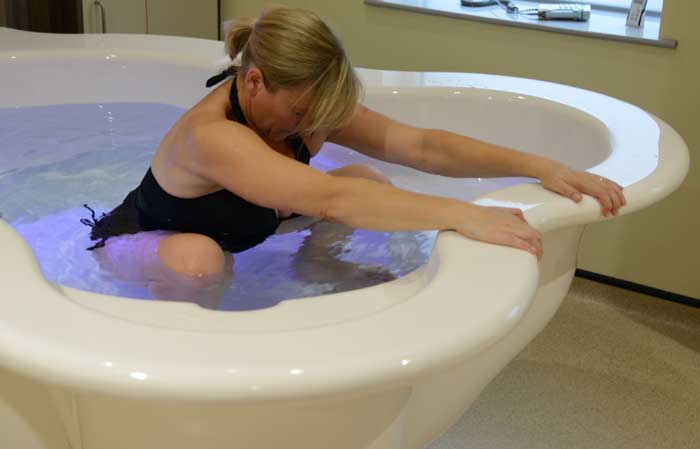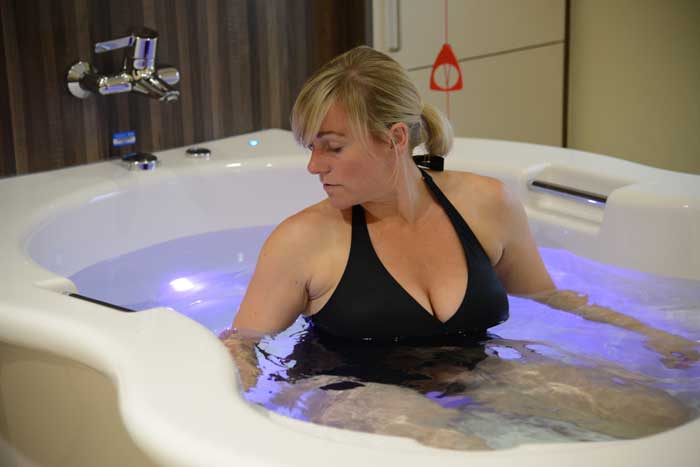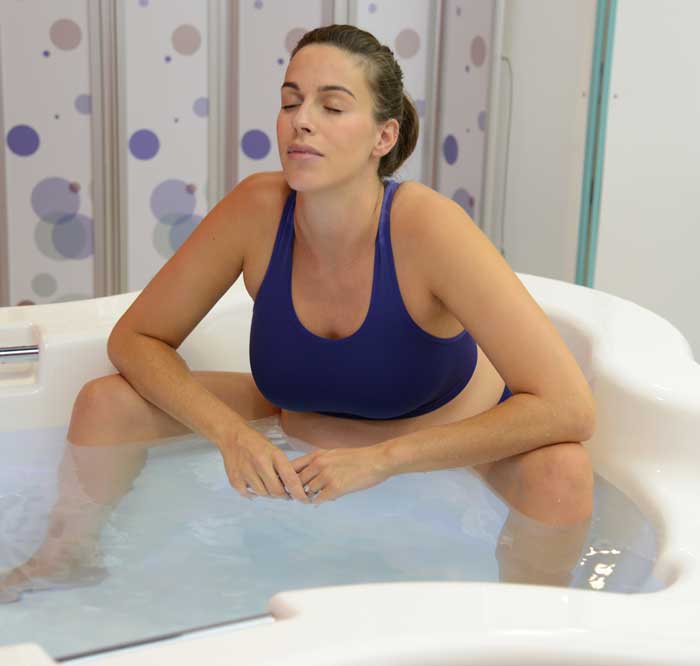Depuis sa création en 1987, Bassins de Naissance Actifs a été à l’avant-garde de la conception et de la fourniture de bassins de naissance aquatiques.
Notre engagement envers des bassins de naissance ergonomiques, sûrs et de haute qualité nous a rendus un choix privilégié pour les établissements de santé dans le monde entier.
Matériaux et Production Durables
Bassins de Naissance Actifs met l’accent sur la durabilité grâce à notre utilisation du composite Ficore®, un matériau reconnu pour sa longévité, sa durabilité et sa résistance aux produits chimiques et aux bactéries.
Avec une espérance de vie de plus de 25 ans, il dépasse la durabilité des matériaux typiquement utilisés dans la fabrication de bassins de naissance.
Les bassins sont fabriqués à la main en Angleterre par des artisans qualifiés, assurant une empreinte carbone réduite et un soutien à l’emploi local.
Les sages-femmes de l’Hôpital Royal Berkshire célèbrent le 25ème anniversaire de leur installation de naissance aquatique. Ce modèle précoce fourni en 1992 fonctionne toujours parfaitement.

Les sages-femmes de l’Hôpital Royal Berkshire célèbrent le 25ème anniversaire de leur installation
de naissance aquatique. Ce modèle précoce fourni en 1992 fonctionne toujours parfaitement.
Durabilité du Produit
La conception des Bassins de Naissance Actifs se concentre sur la durabilité et la longévité, visant à réduire les déchets et l’utilisation des ressources au fil du temps.
Le facteur d’isolation élevé du Ficore® et la construction à double paroi assurent une meilleure rétention de la chaleur, réduisant la consommation d’énergie pour maintenir la température de l’eau.
Conception Ergonomique et Centrée sur l’Utilisateur
En collaboration avec des sages-femmes, des obstétriciens et des experts en ergonomie, nous avons développé des conceptions qui répondent au confort des mères et des professionnels de santé.
Cette approche s’aligne sur les principes de conception centrée sur l’humain et contribue au bien-être et à la sécurité des utilisateurs, améliorant l’expérience globale de l’accouchement.
Les sages-femmes du Centre de Naissance Bronte célèbrent l’ouverture de leur installation de naissance aquatique dans leur nouveau Bassin Vénus

naissance aquatique dans leur nouveau Bassin Vénus.
Avantages Économiques
Les Bassins de Naissance Actifs sont rentables pour les établissements de santé en raison de leur durabilité et de leurs faibles besoins en maintenance.
Ils contribuent également à réduire les séjours hospitaliers et les interventions, entraînant des économies pour les systèmes de santé.
Responsabilité Sociale
La sécurité et la satisfaction des clients sont primordiales dans la conception de ces bassins, répondant aux besoins des mères, des bébés et des travailleurs de la santé.
Les retours positifs d’une clientèle mondiale soulignent notre engagement envers la qualité et la sécurité.
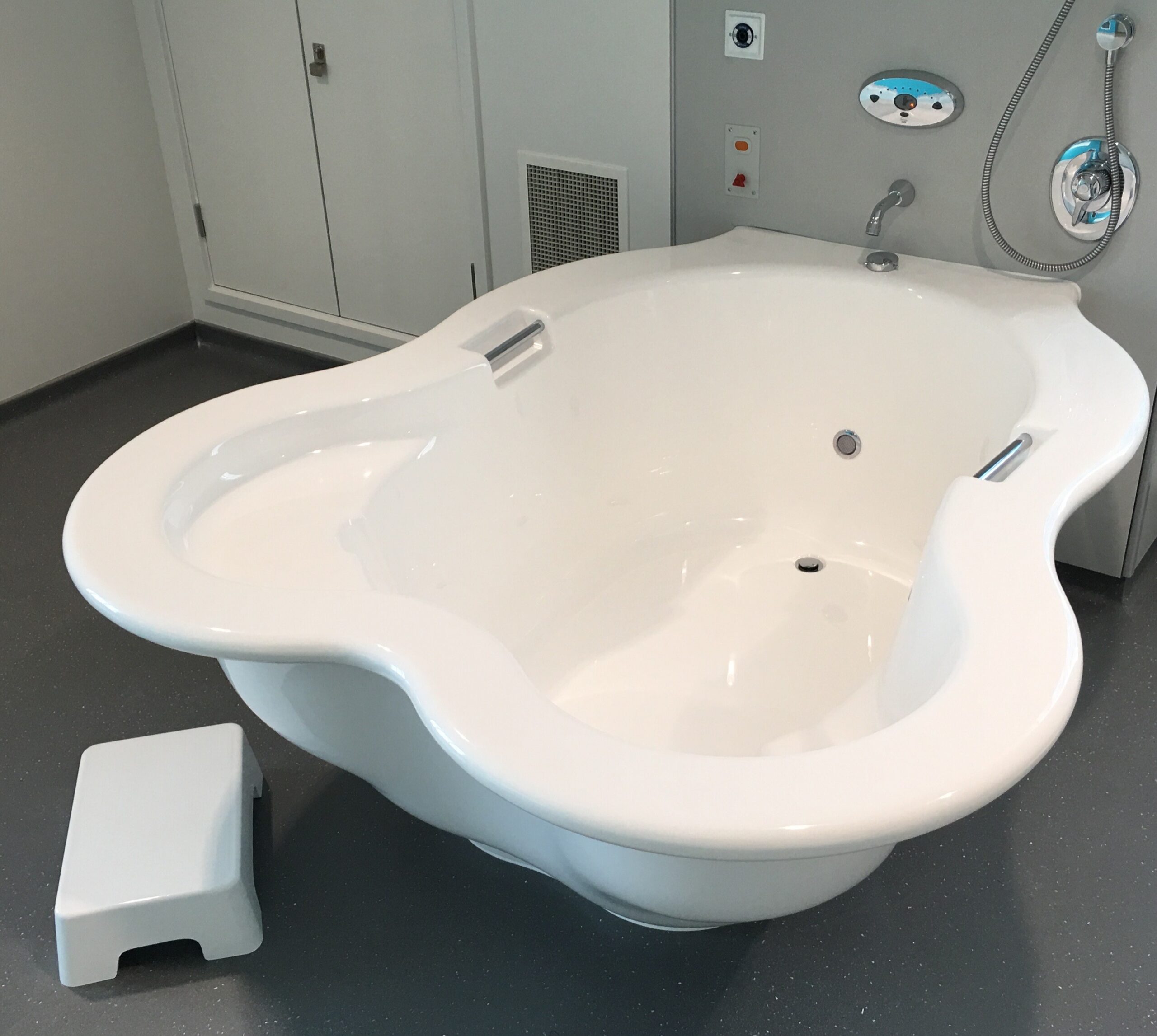
Conclusion
Les Bassins de Naissance Actifs démontrent un engagement profond envers la durabilité avec leurs matériaux durables, leurs conceptions ergonomiques et leurs pratiques de production efficaces.
Notre approche profite à l’environnement et favorise la durabilité économique et sociale dans les soins de santé.
Les bassins sont garantis à vie, surpassant les autres sur le marché en termes de sécurité, d’hygiène et de satisfaction de l’utilisateur.
Ils sont construits pour durer des décennies, économisant jusqu’à £20,000 sur la vie du bassin grâce à leur longévité prolongée et à la réduction des coûts de maintenance et d’énergie.
Les Bassins de Naissance Actifs offrent non seulement des économies financières mais réduisent également l’impact environnemental grâce à moins de déchets et à une utilisation efficace des ressources.
Ils sont devenus un choix privilégié dans les unités de maternité, influençant souvent le choix de l’établissement par les mères.
Les sages-femmes louent les bassins pour leur confort et leur sécurité, et les hôpitaux rapportent que les mères utilisant ces bassins vivent des accouchements plus faciles et plus directs, entraînant des séjours hospitaliers réduits et des économies économiques et environnement
Piscines de Naissance Active: Énoncé de l’Éthique et des Valeurs
Accueillir la marée : le cas convaincant des piscines d’accouchement aquatiques dans les hôpitaux


